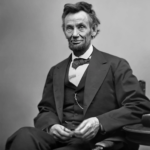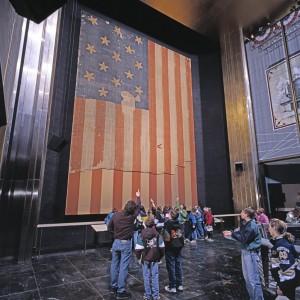On this President’s Day, 2018, and in the light of intense national debate, the Thinking Christian Woman wonders – What is the best way to measure the greatness of a sitting president?
By the praise of supporters? By the criticism of opponents?
Surely a president couldn’t ever possibly be considered great who has been called:
- Original gorilla
- Unconstitutional dictator
- Odious tyrant
- An unshapely man
- Obscene ape
- Idiot
And surely, no president could be truly great about whom it has been said:
- The President “has continued…to make a fool of himself and to mortify and shame the intelligent people of this great nation.”
- “His….efforts, imbecile in matter, disgusting in manner, have made us the laughing stock of the whole world.”
- “He is evidently a person of very inferior character.”
- The President’s recent action is “a monstrous usurpation, a criminal wrong, and an act of national suicide.”
- “As to the politics of Washington, the most striking thing is the absence of personal loyalty to the President. It does not exist. He has no admirers, no enthusiastic supporters, none to bet on his head. If a Republican convention were to be held tomorrow, he would not get the vote of a State.”
- This President has committed “grave Executive usurpation” and represents “a studied outrage on the legislative authority.”
- “There is a strong feeling among those who have seen (him), in (action), that he lacks practical talent for his important place.”
- “If he is reelected I shall immediately leave the country for the Fiji Islands.”
The Bible makes it clear that God is in control of who is given positions of leadership.
Psalm 75:7 – “God is the judge: He puts down one, and exalts another.”
Romans 13:1 – “The authorities that exist have been established by God.”
On reflection, the Thinking Christian Woman knows that the greatness, or lack thereof, of a sitting president, or of anyone, cannot be measured in his/her own time either by the reactions and opinions of supporters, or opponents, but only by God, Who judges impartially, according to his own Big Picture purposes. Hallelujah!
We will all be judged by the fruit of our lives, and by God’s holy standards. If you aspire to be great, humble yourself like a child (Matthew 18:1-5) and become the servant of all (Matthew 23:11).
Oh and, by the way, all of the derogatory comments above were made, not about our current president, but about our 16th – Abraham Lincoln.
© 2018 Melody K. Anderson All Rights Reserved

